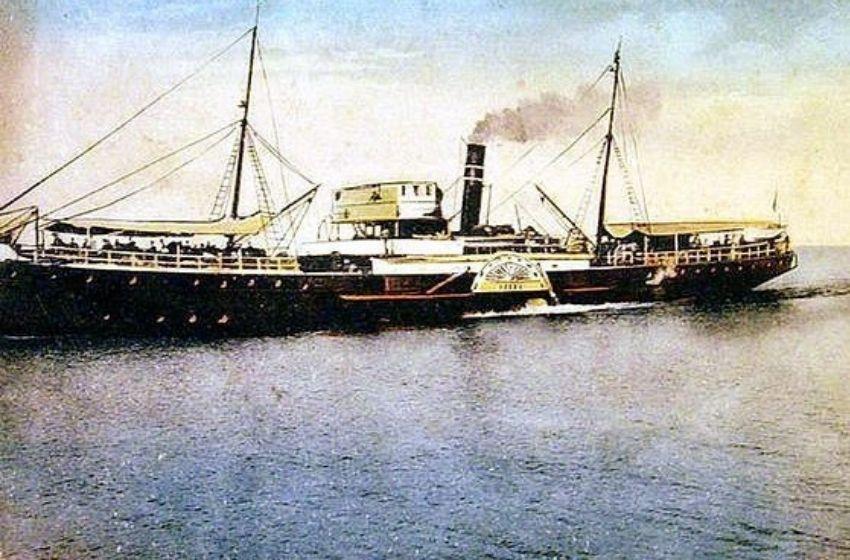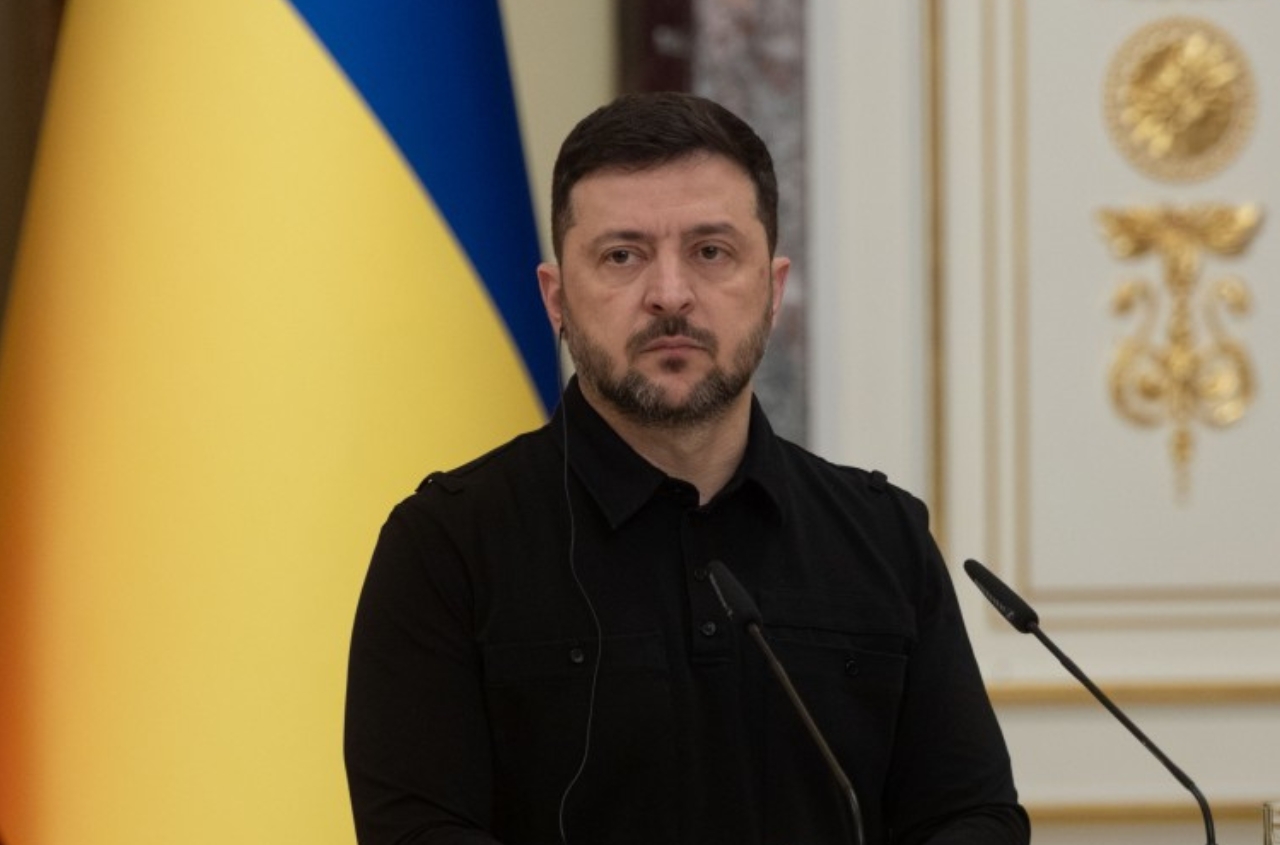On June 1916, the biggest catastrophe in the Black Sea occurred off the coast of Odessa: a passenger steamer "Mercury" was blown up by a mine. It was the largest maritime disaster in the Black Sea before WW2.
With the outbreak of the First World War, a number of civilian ships of the shipping companies were requisitioned and included in the Black Sea Fleet for various purposes. The rest, as before, continued their activities in the transport of goods and passengers, but adjusted for wartime. The voyage was quite dangerous, as civilian ships were often sinked in the course of hostilities.
On June 2, 1916, at 08:02 am, the steamer Mercury, under the command of Captain K.I. Stolyarenko, departed from the pier in Odessa on his regular flight to Kherson. An hour and a half after his departure by radiotelegraph, the port received a message from the steamer being blown up by a mine: "20 versts from Odessa (1 verst = 1066,52 metres), at the latitude of Dofinovka, near the village of Grigorievka, 2 miles from the coast." A hole in the bow was opened and the vessel sank within five minutes. In addition, “two boats lowered by a gust of wind were overturned. Those who were rescuing had to hold on to floating objects."
A terrible panic began on the ship, the distraught passengers rushed to the lifeboats, which prevented the crew from launching them on the water. Those boats that had the time to be lowered from the steamer were turned over by a gust of strong wind. Soon, at the site of the death of the Mercury, only the tops of the masts were visible, to which the frightened people clung.
Less than 10 minutes later, all military port and private boats with rescue equipment left the port at full speed. The strong excitement at sea after the storm played out at night prevented the rapid movement of light boats, which reached the crash site only an hour later. Huge waves filled the low sides of the boats. When the approached the place of the sinking, only the tops of its masts were visible, on which people were holding, clinging to one another. Passengers who were still alive floundered in the water around the masts.

It is worth noting that the steamer Potemkin, which left Odessa 20 minutes later, following the Mercury in the route from Odessa to Nikolayev, did not render any rescue to the drowning passengers, although it was only 128 mt ahead of it. His captain Kroon wanted to approach the site of the disaster, but the first class passengers of the ship were afraid that they themselves would stumble upon a mine near the Mercury. The captain told them that he was obliged to help the dying ship. Then, officers of the Russian Imperial army rushed to the bridge and, threatening with revolvers, forced the captain to go his own course, leaving the place of the sinking of the ship, in violation of maritime laws, obliging to help men overboard.
After the sink of the Mercury only 164 people survived, whilst 400 passengers and almost the entire crew of the ship (31 sailors) were killed. Among these passengers there were many students for a school excursion.
Although the steamer was designed for 300 people, there were almost twice as many passengers on board, and the life-saving equipment available on board was for 200 people only. It was the bloodiest sea disaster in the Black Sea, before the sinking of the Soviet hospital ship “Armenia†with 7,000 people on board, in 1941.

Diagram of the course and the place of the sinking of the steamer Mercury





















